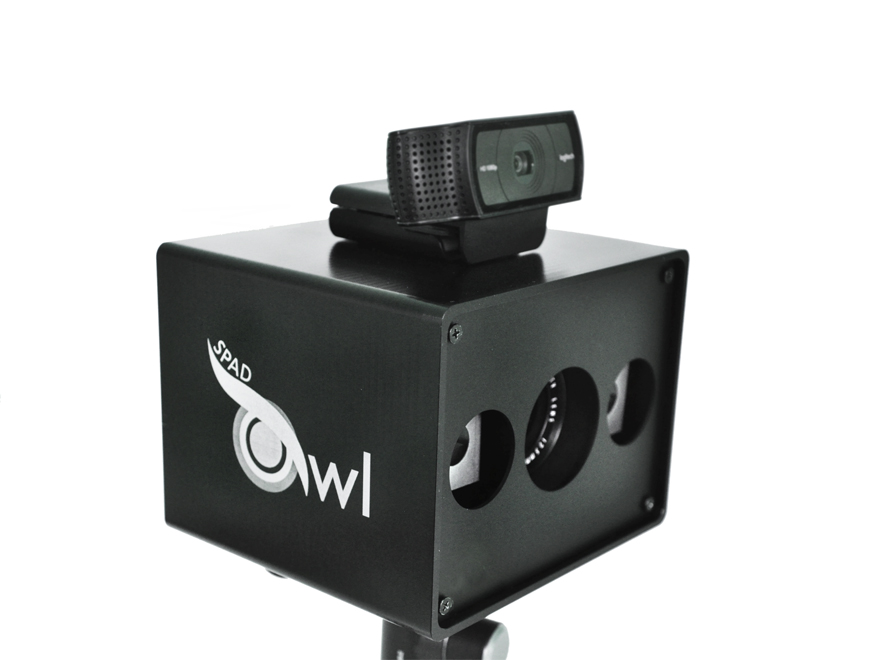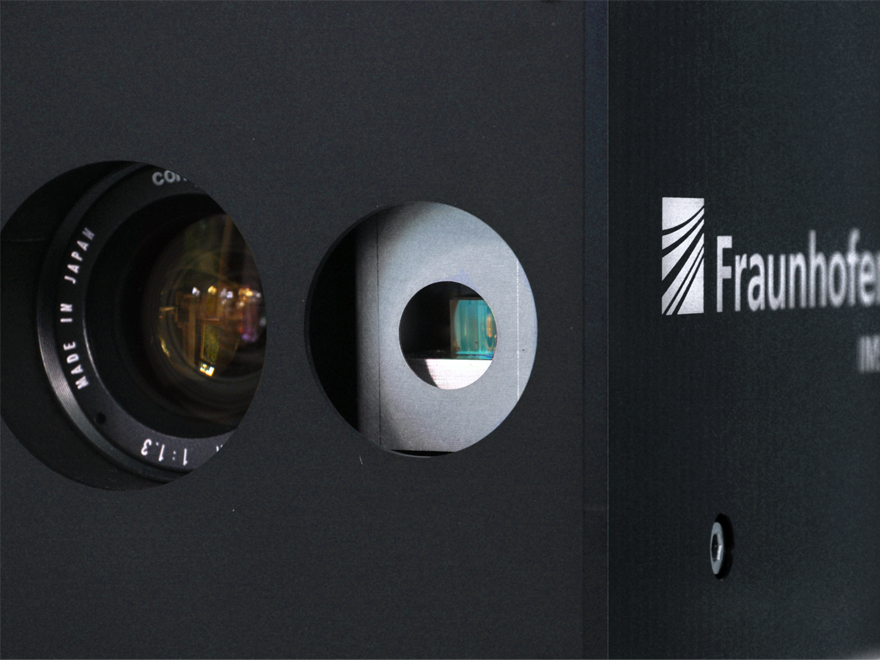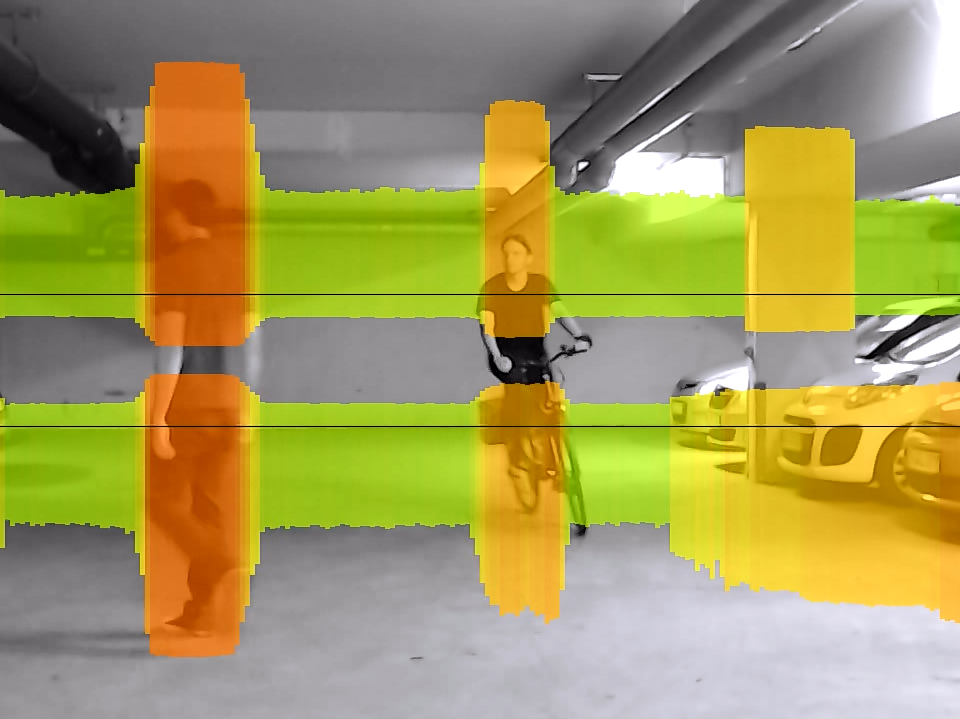CMOS Image Sensors – LiDAR
At Fraunhofer IMS the subject LiDAR is represented in its whole range. The basis is the development of highly sensitive CSPAD detectors for LiDAR cameras. Moreover, camera systems are being developed that can evaluate the efficiency of the detectors and the methods developed by Fraunhofer IMS for embedded signal evaluation.
CSPAD detectors, signal evaluation, system development and simulation



The three-dimensional monitoring of the surroundings or objects is of great importance in applications like driver assistance systems, autonomous vehicles or industrial robotics and measurement technology.
The LiDAR (Light Detection And Ranging) measurement principle is based on the determination of the duration between the emission of a laser pulse and the reception of the reflected light. Since the speed of light is known, the distance to the reflected object can be directly determined from the duration. In LiDAR cameras a three-dimensional picture of the surroundings is created using several of these measurements. Possible are both scanning processes, which capture the environment dotwise or line by line, and Flash LiDARs, which light up the environment with only one laser pulse.
Fundamental elements of LiDAR systems are:
- Transmitter: a laser beam source which emits short light pulses. Typical wavelengths are 905 nm or 1550 nm.
- Receiver: Highly sensitive sensors are used which detect the light reflected by an object
- High-resolution timers that determine the duration between transmitting and receiving of the laser pulse
- Algorithms for signal processing that carry out the operations for signal filtering and calculate the distance to the object
Especially in complex, dynamic scenarios that often occur in traffic LiDAR cameras are dependant on fast, reliable and cost-efficient detectors. Customer benefits of the Fraunhofer Institute for Microelectronic Circuits and Systems IMS in the context of LiDAR contain the development and production of integrated detectors and readout circuits over signal evaluation up to system simulation for the development of LiDAR cameras. The core competency is the development and production of high-dynamic CSPAD detectors. These are SPADs (Single-Photon Avalanche Diodes) with integrated readout electronics that are manufactured in a standard CMOS process. This allows for a cost-efficient production of the detectors and a compact design and has particular advantages in applications that require a high resolution. Apart from detector development, other areas of expertise of Fraunhofer IMS include signal processing, research on adaptive circuits which enable adaptation to the intensity of background light and therefore increase the dynamics of the measurement significantly. Moreover, Plug&Play LiDAR camera systems, like the LiDAR Camera Owl, are being developed at Fraunhofer IMS that can evaluate the efficiency of CSPAD sensors and the developed algorithms in realistic and application-specific measurement scenarios. In addition, customer-specific modifications can be performed on the cameras. This enables laser manufacturers to test their laser diodes in LiDAR applications. Other common cooperation possibilities are feasibility studies, customer-specific chip developments, and process and IP transfers.
